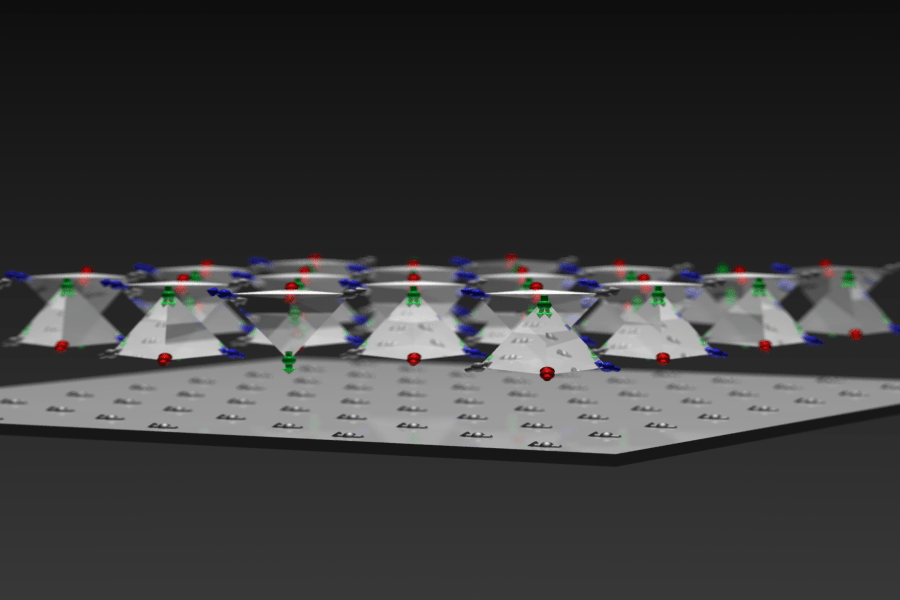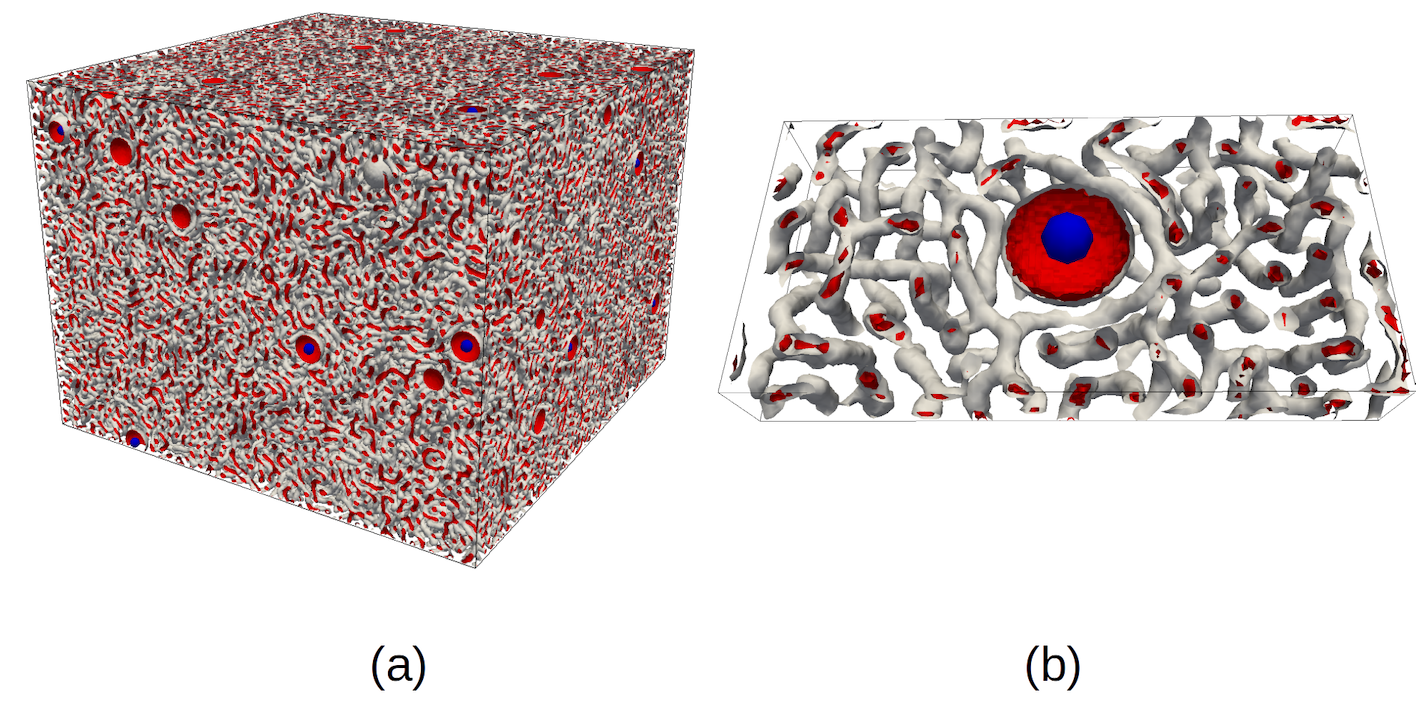First prize for this year’s 2023 IoP CPG Thesis Prize has been awarded to Michael Davies, University College London and University of Cambridge. Michael’s thesis, titled Solving mysteries of ice formation with simulation and data-driven methods, applied molecular dynamics simulations and machine learning techniques to understand ice formation at the molecular level.

At first glance the formation of ice might seem a mundane everyday phenomenon. But its impacts are vast, ranging from glaciers, to cryopreservation, to climate modelling. And its formation is perplexing: in its pure state water must be cooled to around -40 °C for ice to form and a foreign material is almost always required. To understand how materials control ice formation, Michael used high-throughput computational simulations in combination with deep learning. The work uncovered a path to an elusive “cubic ice” polymorph and produced an AI model that beat experts from across the globe in an open head-to-head challenge despite 80 years of human endeavour. Michael also investigated the formation of “amorphous ice”, which is believed to be the most common form of water in the universe. In collaboration with experiment, he discovered a new form of amorphous ice with the same density as liquid water. The discovery raises questions about the very nature of liquid water.
We look forward to reading more about Michael’s work in the next IoP Computational Physics Group Newsletter. In the meantime, Michael’s thesis is available online.







